


Life as an adult is a whirlwind, right? Between work, family, social commitments, and just trying to keep your head above water, finding time for personal growth can feel like a pipe dream. Yet, so many of us are driven to learn new skills, pursue further education, or simply deepen our knowledge in areas we’re passionate about. The good news is, it’s absolutely possible to juggle your adult responsibilities and still excel in your studies. It just takes a smart approach, a bit of strategy, and the right toolkit of habits. This article is your go-to guide, offering 10 study tips for adults designed to help you unlock your potential, stay motivated, and make every minute of your learning journey count.
Learning as an adult comes with its own unique set of challenges and advantages. You’re likely bringing a wealth of life experience to the table, which can enrich your understanding of new material. However, you’re also probably battling limited time, increased distractions, and perhaps a bit of rustiness when it comes to formal study. But don’t let that deter you! With the right strategies, you can turn these challenges into opportunities. Let’s dive into how you can make learning not just manageable, but truly rewarding, even with a jam-packed schedule.
Pros and Cons
| Pros | Cons |
|---|---|
| – Stronger motivation and clear goals | – Limited time due to work and family |
| – Real-world experience enhances understanding | – Potential for burnout and fatigue |
| – Better self-discipline and focus | – Difficulty re-establishing study routines |
| – Deeper appreciation for learning | – Juggling multiple responsibilities |
| – Immediate application of knowledge | – Competing priorities and distractions |
Embracing the Adult Learner Mindset

Before we jump into the tips, it’s crucial to acknowledge the unique position you’re in. As an adult learner, your motivation is often intrinsic – you’re studying for a reason, whether it’s career advancement, personal enrichment, or achieving a long-held dream. This inherent drive is a huge asset. Tap into it. Remind yourself why you started, especially when things get tough. Understand that learning is a marathon, not a sprint, and progress, no matter how small, is still progress. Now, let’s get into the actionable tips that will transform your study routine.
1. Master Your Schedule (Time Management is King!)
One of the biggest hurdles for adult learners is, without a doubt, time. You don’t have the luxury of dedicating entire days solely to study like a full-time university student might. This means becoming an absolute ninja at time management. It’s not about finding more hours in the day, but about making the most of the hours you have.
The Art of the Study Slot
Think of your study time as precious appointments. You wouldn’t skip a work meeting or a doctor’s appointment, would you? Treat your study sessions with the same respect.
- Audit Your Time: Before you can schedule, you need to know where your time actually goes. For a week, track every hour. You might be surprised by how much time is spent on non-essential tasks. This isn’t about judgment, but about awareness.
- Identify Prime Study Windows: When are you most alert? For some, it’s early mornings before the house wakes up. For others, it’s late evenings after the kids are in bed. Find your peak productivity times and block them out for your most demanding study tasks.
- Batch Similar Tasks: Group administrative tasks together, and deep-work study tasks together. Don’t constantly switch between emails and reading complex theories.
- Short Bursts are Powerful: If a two-hour block feels impossible, aim for 30-60 minute focused sessions. The Pomodoro Technique (25 minutes of work, 5 minutes break) works wonders for maintaining focus and preventing burnout. Even 15 minutes of flashcards during your lunch break adds up.
- Buffer Time: Always build in buffer time for unexpected delays. Life happens, and flexibility is key to staying sane.
Planning Tools are Your Best Friends
Don’t rely solely on your memory. Invest in good planning tools.
- Physical Planners: Some people still prefer the tactile experience of a physical planner. Find what works for you and stick with it.
- Digital Calendars: Google Calendar, Outlook Calendar, or Apple Calendar can be invaluable. Set reminders, color-code subjects, and integrate your personal and professional commitments.
- To-Do Lists/Task Managers: Apps like Todoist, Trello, or even a simple bullet journal can help you break down large assignments into smaller, manageable steps. Seeing progress is incredibly motivating.
Remember that managing your time effectively is akin to setting clear objectives, much like when you’re making big life plans. If you need some inspiration on sticking to your goals, check out this article on how to make New Year’s resolutions you’ll stick to. The principles of commitment and realistic planning apply just as much to your studies.
2. Create Your Sanctuary (Dedicated Study Space)


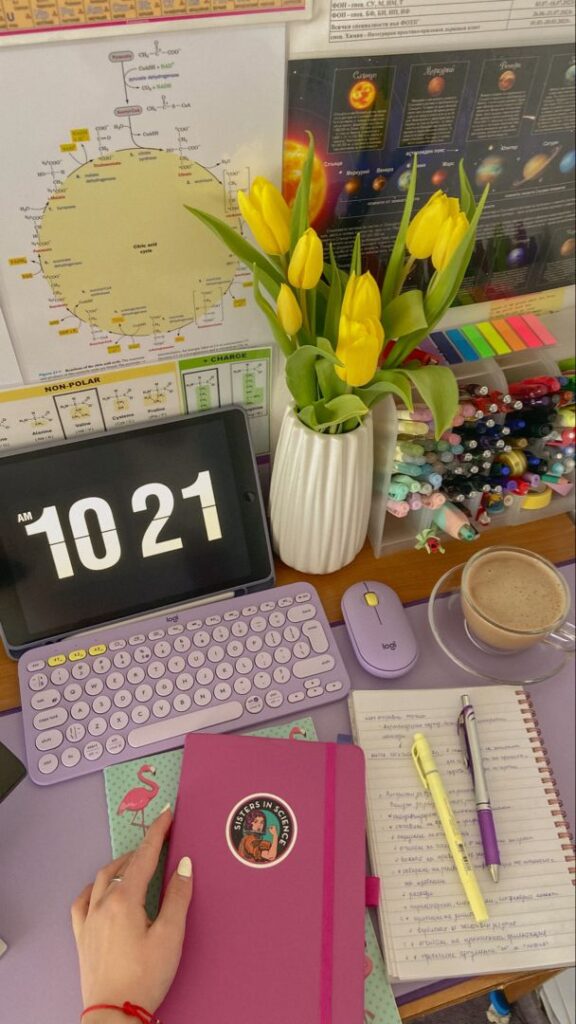
Your environment plays a massive role in your ability to focus and retain information. Trying to study on the couch with the TV blaring, or at the kitchen table while dinner is being prepared, is a recipe for distraction. A dedicated study space signals to your brain that it’s time to switch into “study mode.”
What Makes a Good Study Space?
It doesn’t have to be a lavish home office. Even a quiet corner can work wonders.
- Minimize Distractions:
- Visual: Clear clutter. A tidy space leads to a tidy mind.
- Auditory: If possible, find a quiet spot. Noise-canceling headphones can be a lifesaver if complete silence isn’t an option. Background music (instrumental, lo-fi beats) can help some people focus, but avoid anything with lyrics that might draw your attention away.
- Digital: Put your phone on silent and out of reach. Close unnecessary tabs on your computer. Consider website blockers during intense study sessions.
- Comfort and Ergonomics:
- Chair: Invest in a comfortable, supportive chair. You’ll be spending a fair bit of time here.
- Desk: A desk that allows you to work at a comfortable height is essential.
- Lighting: Good lighting prevents eye strain. Natural light is best, but a good desk lamp is a must for evening study.
- Essential Supplies: Keep everything you need within arm’s reach – pens, notebooks, textbooks, water bottle, snacks. This prevents you from breaking your focus to search for supplies.
- Personalize It (Within Reason): Make your space somewhere you want to be. A plant, a motivational quote, or a photo can make it feel more inviting, but avoid excessive decor that becomes distracting.
Think of your study space as your personal oasis for learning. Creating a cozy, functional area can significantly boost your productivity and enjoyment. For more ideas on how to set up an inviting study or relaxation spot, consider exploring cozy reading nook ideas. The principles of comfort and aesthetic appeal translate perfectly to a productive study environment.
3. Embrace Active Learning Strategies
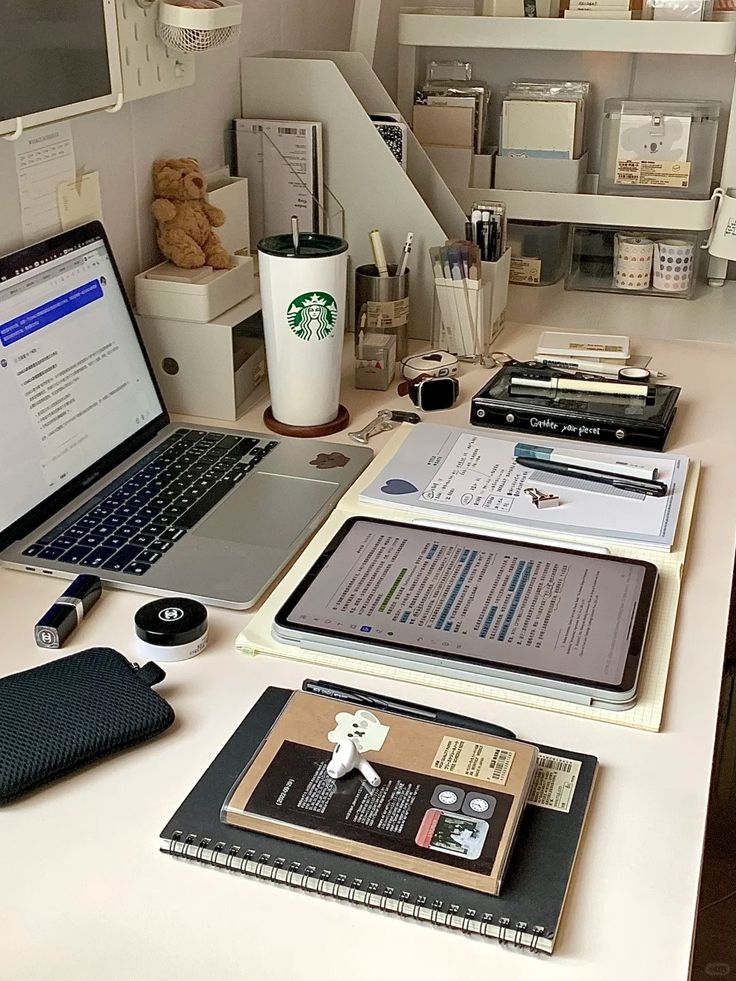


Simply reading through notes or textbooks passively isn’t the most effective way to learn, especially for adults with packed schedules. Active learning techniques engage your brain more deeply, leading to better comprehension and retention.
Get Hands-On with Your Material
- Summarize in Your Own Words: After reading a section, close the book and try to explain it aloud or write down the main points without looking. If you can’t, you haven’t fully grasped it yet.
- Teach Someone Else: This is perhaps the most powerful active learning strategy. If you can explain a concept clearly to another person (or even a rubber duck!), you truly understand it.
- Create Flashcards: Not just for definitions, but for key concepts, formulas, or short explanations. The act of creating them is part of the learning process, and reviewing them actively tests your recall.
- Practice Questions: Work through as many practice problems, quizzes, and past exam papers as possible. This identifies gaps in your knowledge and familiarizes you with the format of assessments.
- Mind Maps and Diagrams: Visual learners particularly benefit from mapping out concepts, showing relationships between different ideas. This helps organize complex information in a memorable way.
- Annotate and Highlight Strategically: Don’t just highlight everything. Read a paragraph first, then highlight only the most crucial information. Write notes in the margins, question marks where you’re unsure, or connections to other topics.
Active learning transforms you from a passive recipient of information into an active participant in your own learning journey. It requires more effort upfront, but it pays dividends in long-term retention and deeper understanding. This approach is fundamental to acquiring new skills, much like mastering a practical craft. If you’re interested in hands-on learning, consider drawing inspiration from this guide on tips for starting your DIY journey, where active engagement is key to success.
4. Break Down Big Tasks into Bite-Sized Chunks
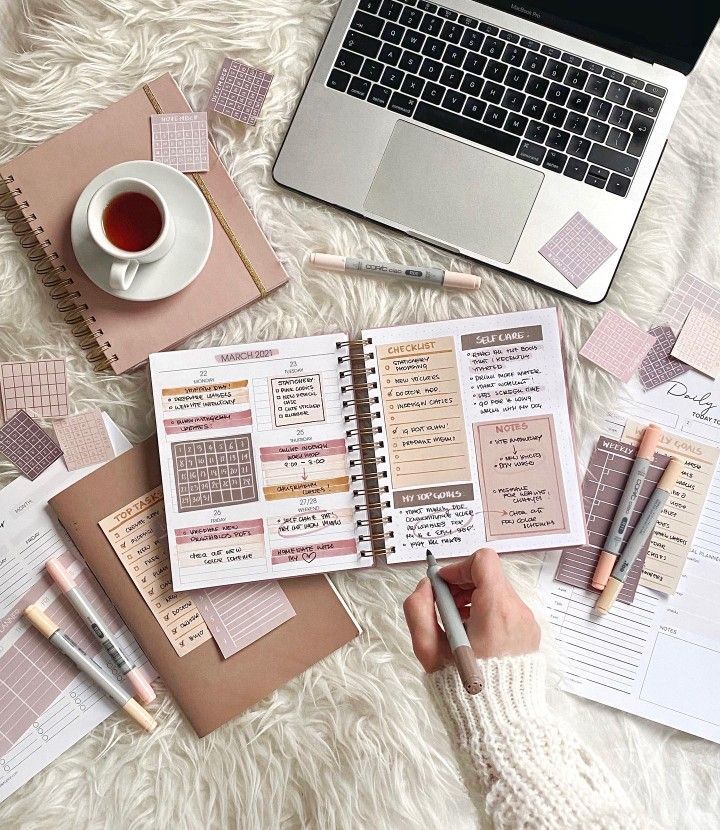
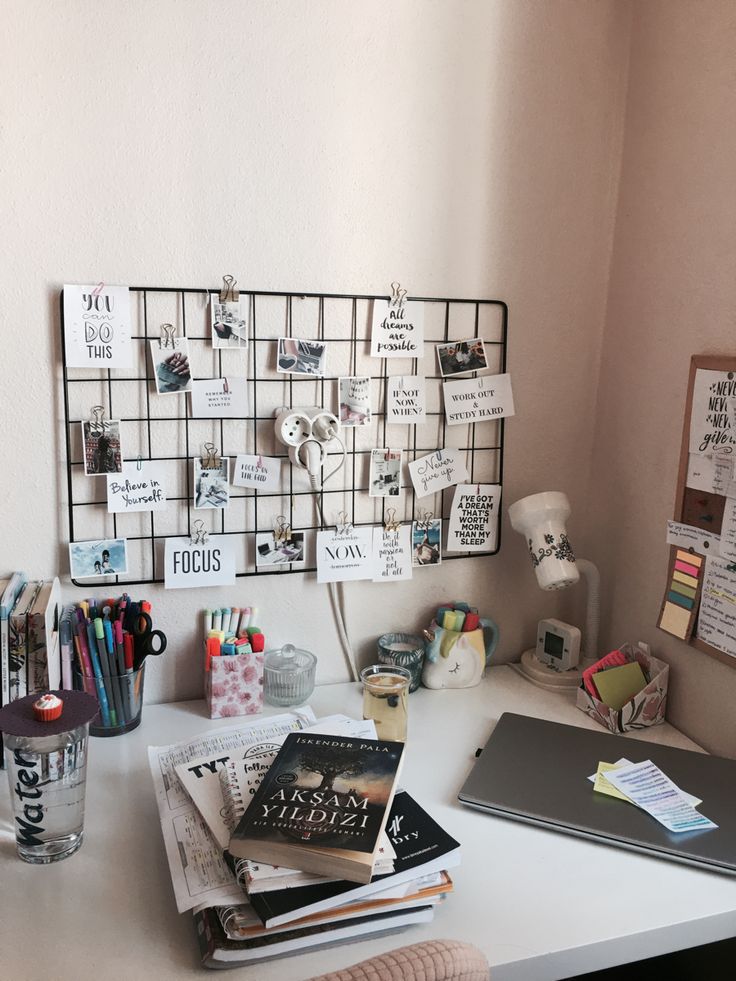
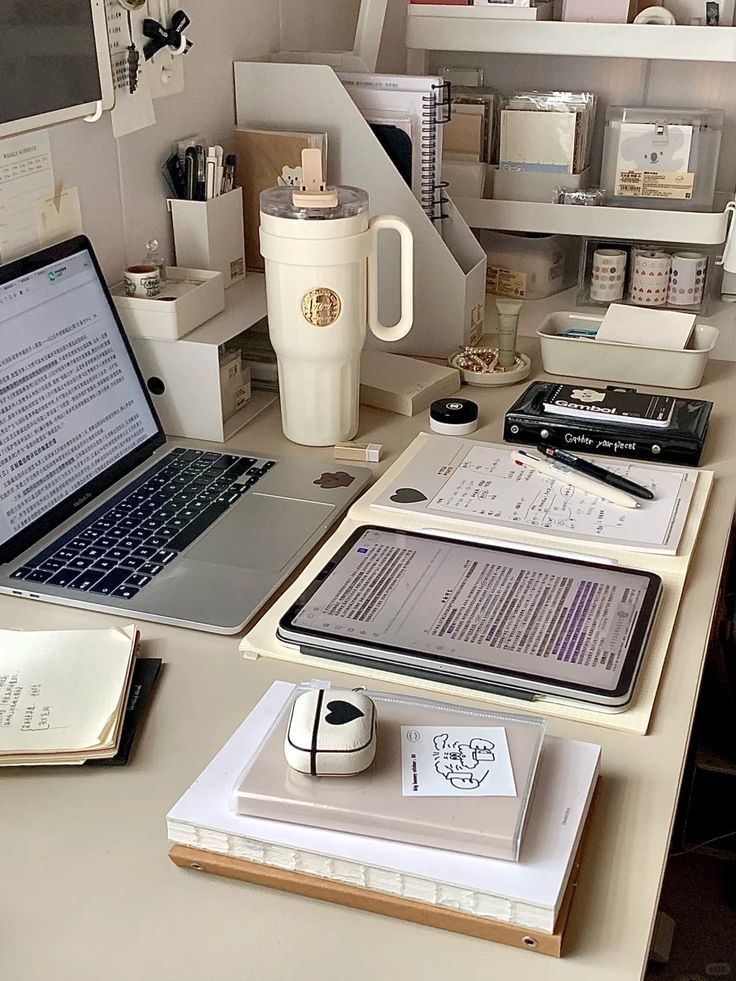
The sheer volume of material in an adult education program can feel overwhelming. Staring at a 500-page textbook or a massive project deadline can trigger procrastination and anxiety. The solution? Chunking.
The Power of Small Steps
- Divide and Conquer: Break down large assignments or study topics into smaller, more manageable units. Instead of “Study for history exam,” think “Read Chapter 5,” “Review battle dates,” “Create flashcards for key figures.”
- Set Mini-Goals: For each chunk, set a specific, achievable mini-goal. “Complete 10 practice questions,” “Read 20 pages,” “Draft the introduction of the essay.”
- Create a Road Map: For long-term projects, create a detailed project plan with milestones and deadlines for each chunk. This provides clarity and helps you track your progress.
- Start with the Hardest First: Tackle the most challenging tasks when your energy and focus are highest. This builds momentum and makes the rest of your study session feel easier. Conversely, if you’re feeling overwhelmed, sometimes starting with a very easy task can build momentum.
- Reward Small Wins: Acknowledge your progress! Finishing a small chunk deserves a mini-reward, even if it’s just a 5-minute break or a cup of tea. This positive reinforcement keeps you motivated.
Breaking down tasks makes them less daunting and helps you see consistent progress, which is a powerful motivator for adult learners.
5. Leverage Technology Smartly

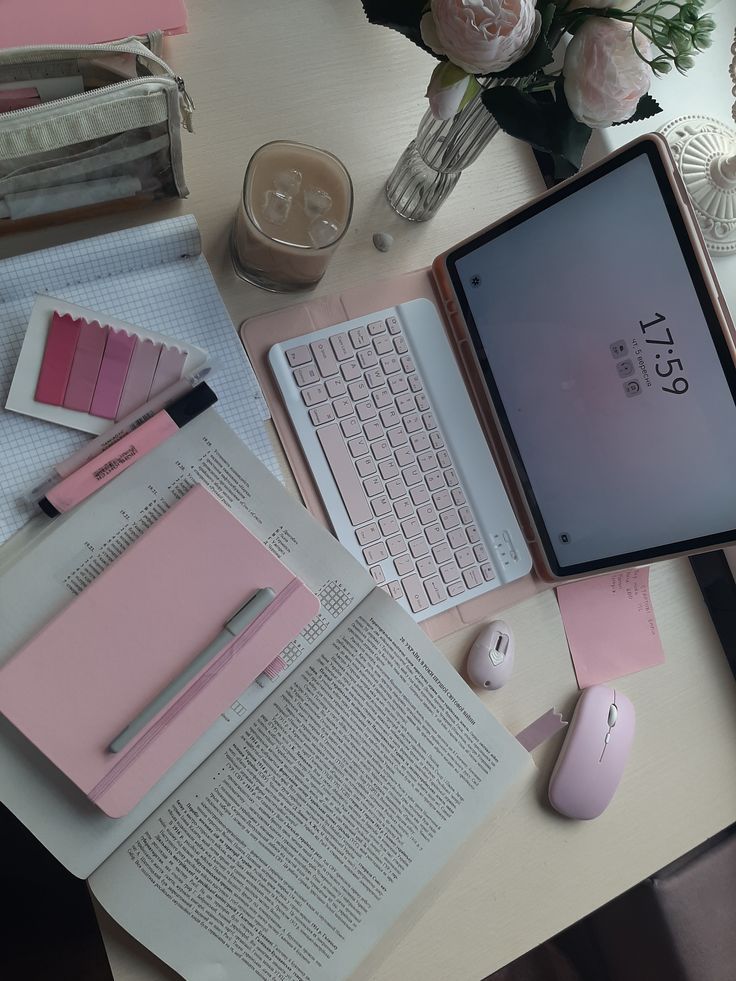
In today’s digital age, technology offers an incredible array of tools to support adult learning. The trick is to use it smartly, not just get lost in distractions.
Tools to Enhance Your Study
- Educational Apps: Many subjects have fantastic apps for flashcards (Anki, Quizlet), language learning (Duolingo), or specialized topics. Explore what’s available for your area of study.
- Online Learning Platforms: Beyond your formal course materials, platforms like Coursera, edX, Khan Academy, and YouTube offer supplementary lessons, lectures, and tutorials that can clarify difficult concepts.
- Note-Taking Software: OneNote, Evernote, or Notion can help you organize notes digitally, making them searchable, editable, and accessible across devices.
- Reference Management Tools: For research-heavy subjects, tools like Zotero or Mendeley can help you organize sources, generate citations, and build bibliographies efficiently.
- Focus Apps/Website Blockers: As mentioned earlier, apps like Forest or Freedom can help you stay on track by blocking distracting websites and apps during your designated study periods.
- Audio Resources: If you have a long commute or do tasks that don’t require intense mental focus, consider listening to podcasts, audiobooks, or recorded lectures related to your studies.
Remember, technology is a tool. Use it to enhance your learning experience and manage your time more effectively.
6. Prioritize Self-Care and Well-being

This might seem counter-intuitive when you’re pressed for time, but neglecting your physical and mental health is a surefire way to derail your study efforts. You can’t pour from an empty cup, and an exhausted brain doesn’t learn efficiently.
Non-Negotiables for Optimal Learning
- Sleep: This is paramount. Aim for 7-9 hours of quality sleep. During sleep, your brain consolidates memories and processes information. Pulling all-nighters is detrimental to long-term learning. If you’re struggling to sleep, reconsider your pre-bed routines.
- Nutrition: Fuel your brain! Eat balanced meals, stay hydrated. Avoid excessive sugar and caffeine crashes. Healthy fats, whole grains, fruits, and vegetables provide sustained energy and mental clarity.
- Exercise: Even a short walk can boost blood flow to the brain, reduce stress, and improve mood. Regular physical activity enhances cognitive function and helps manage the stress of adult learning.
- Breaks and Downtime: Your brain isn’t meant to be “on” constantly. Schedule regular short breaks during study sessions, and ensure you have genuine downtime each week where you completely disconnect from your studies. This could be hobbies, spending time with family, or simply relaxing.
- Mindfulness/Stress Management: Adult life is stressful. Learning on top of that can be overwhelming. Practices like meditation, deep breathing exercises, or journaling can help manage stress and improve focus.
- Social Connection: Don’t isolate yourself. Maintain connections with friends and family. A strong support system is vital for mental well-being.
Ignoring self-care isn’t a badge of honor; it’s a recipe for burnout. Think of it this way: your body and mind are your most important study tools. Keep them in top condition. Just as maintaining your home’s comfort ensures a good living environment, maintaining your personal well-being ensures a productive learning environment. For more on creating an optimal living space, consider reading the ultimate guide to year-round indoor comfort for your home. The principles of ensuring optimal conditions apply equally to your personal well-being.
7. Understand Your Learning Style
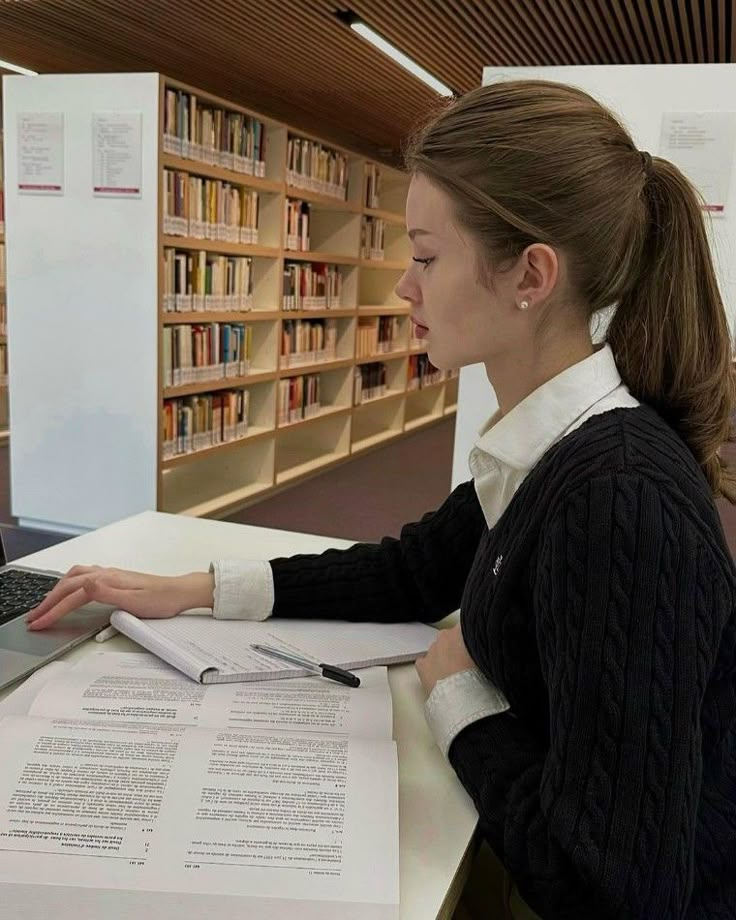
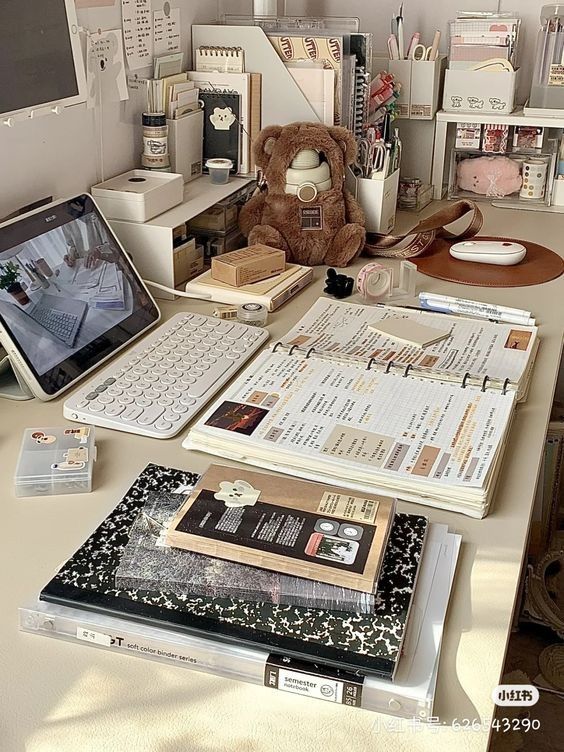
As adults, we often have a better understanding of how we learn best, thanks to years of experience in various settings. Capitalizing on your natural learning style can make your study time much more effective and less frustrating.
Tailoring Your Approach
- Visual Learners: Do you remember things best when you see them? Use mind maps, diagrams, flowcharts, videos, and color-coding. Watch documentaries or educational YouTube channels.
- Auditory Learners: Do you learn by listening? Record your lectures (with permission), listen to podcasts, read aloud to yourself, or discuss concepts with others.
- Reading/Writing Learners: Do you prefer to learn through written words? Take detailed notes, summarize readings, rewrite information in your own words, and create lists.
- Kinesthetic Learners (Tactile): Do you learn by doing or through physical activity? Use flashcards you can physically manipulate, experiment with concepts, take frequent breaks to move around, or act out scenarios.
- Combination: Most people are a mix! You might find that a combination of approaches works best for you. Don’t be afraid to experiment.
If you’re unsure of your dominant learning style, there are many free online quizzes that can give you a starting point. Once you identify your strengths, actively incorporate those methods into your study routine. This is about working smarter, not harder.
8. Form Study Groups or Find an Accountability Partner


Learning doesn’t have to be a solitary journey. Connecting with other learners can provide immense benefits, from shared knowledge to much-needed motivation.
The Power of Collaboration
- Diverse Perspectives: Others might understand a concept in a way you hadn’t considered, offering a fresh perspective.
- Accountability: Knowing you have a study session scheduled with someone else can be a powerful motivator to show up and be prepared. An accountability partner can help you stay on track with your individual goals.
- Teaching and Explaining: As mentioned in active learning, teaching others solidifies your own understanding. Study groups provide a perfect platform for this.
- Shared Resources: Group members can share notes, study materials, or relevant articles, broadening everyone’s access to information.
- Moral Support: Adult learning can be isolating. Having peers who understand your struggles and triumphs can provide emotional support and encouragement.
- Networking: Beyond academics, study groups can be excellent networking opportunities, potentially leading to future collaborations or career opportunities.
Choose your study partners wisely – look for individuals who are equally committed and whose learning styles complement your own. A productive study group is focused, respectful, and mutually beneficial.
9. Practice and Apply What You Learn
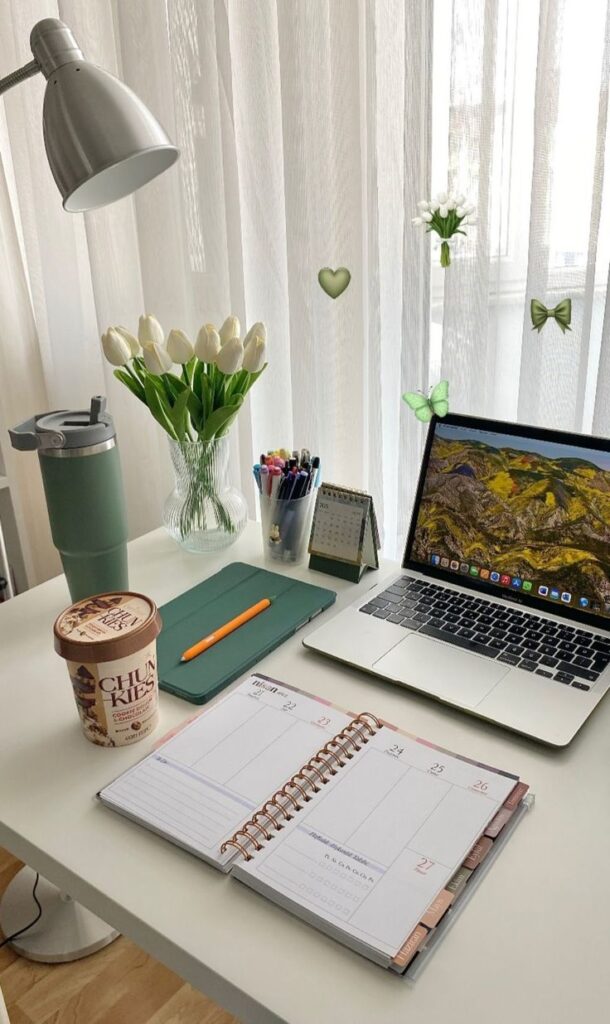
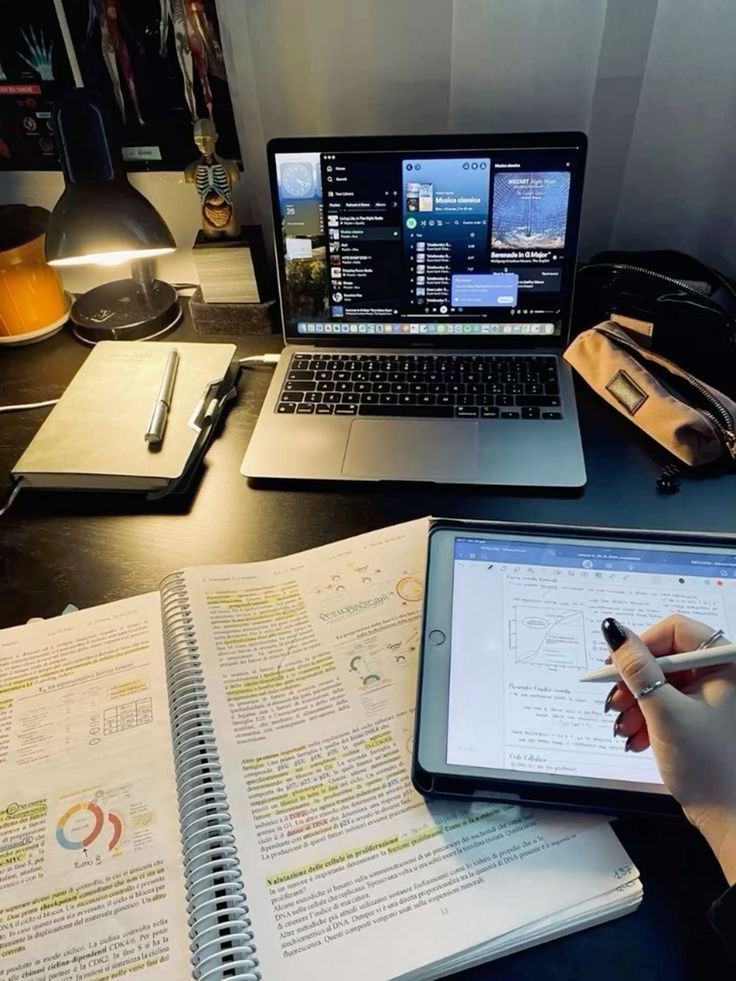
Theoretical knowledge is great, but true understanding comes from applying what you’ve learned. For adults, this step is particularly rewarding because you can often see immediate relevance to your work or life.
Bridging Theory and Practice
- Real-World Scenarios: If your course involves practical skills, look for opportunities to practice them. If it’s theoretical, think about how the concepts apply to current events, your job, or your personal life.
- Case Studies: Analyze case studies related to your subject. How would you solve the problem? What principles apply?
- Simulations and Role-Playing: For subjects like business, healthcare, or counseling, simulations can be incredibly effective.
- Project-Based Learning: If your program offers project-based assignments, embrace them. These often mirror real-world challenges.
- Experimentation: If applicable to your field (e.g., science, DIY, art), don’t just read about experiments – try them yourself!
The act of applying knowledge reinforces learning pathways in your brain, making the information stick more effectively. It also makes your studies more engaging and relevant. It’s a bit like honing a creative skill; the more you practice, the better you become. For ideas on cultivating creativity, exploring 5 morning routines that spark creativity could offer some refreshing perspectives applicable to your study approach.
10. Review and Reflect Regularly (Spaced Repetition)
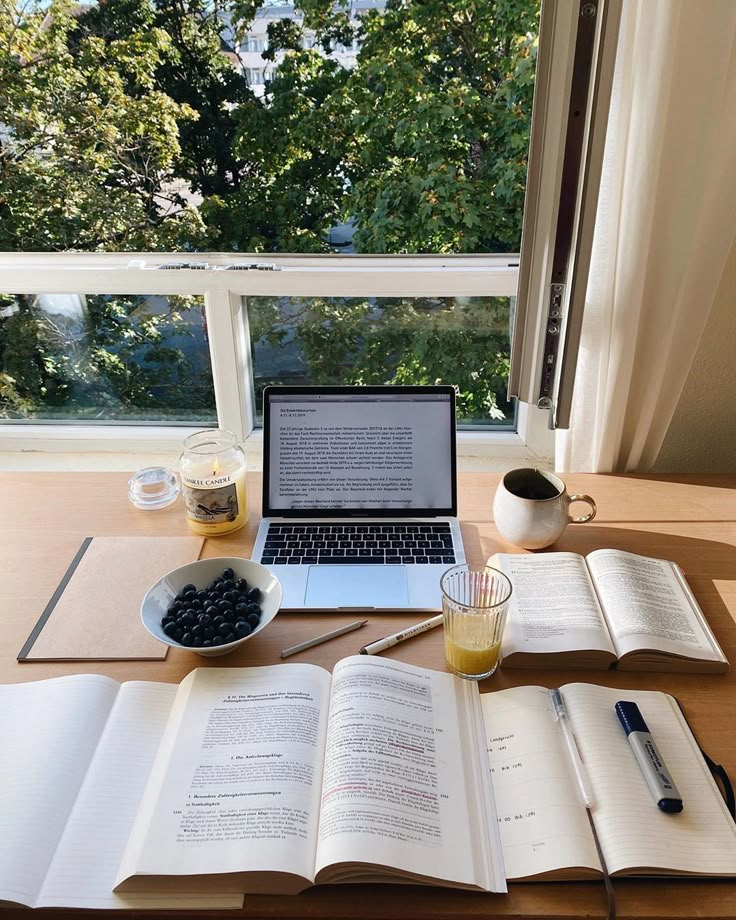
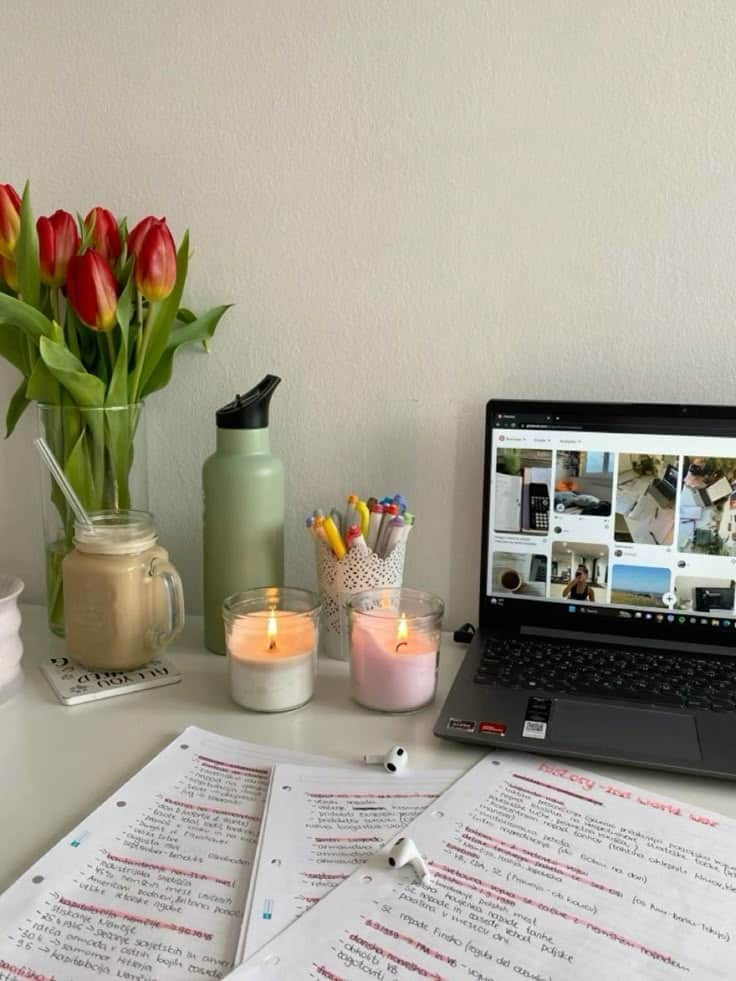
Learning isn’t a one-and-done event. To truly embed information in your long-term memory, regular review is essential. This is where the concept of “spaced repetition” comes in.
The Science of Remembering
- The Forgetting Curve: Hermann Ebbinghaus’s research showed that we rapidly forget newly learned information if we don’t review it. Regular review sessions counteract this natural forgetting.
- Spaced Repetition: Instead of cramming, review material at increasing intervals over time. For example, review new material after 1 day, then 3 days, then a week, then two weeks, and so on. This makes your memory stronger with each recall. Flashcard apps often incorporate spaced repetition algorithms automatically.
- Regular Check-ins: At the end of each study session, take a few minutes to quickly review what you just learned. At the end of the week, dedicate a short session to reviewing the week’s key concepts.
- Self-Assessment: Don’t just re-read. Actively test yourself during review sessions. Can you recall the main points without looking at your notes? Can you solve a problem without referring to the solution?
- Reflect on Your Learning Process: Beyond just reviewing content, take time to reflect on how you’re studying. What went well this week? What challenges did you face? What could you do differently next time? This metacognition (thinking about your thinking) is crucial for continuous improvement.
- Connect New to Old: As you review, try to connect new information with what you already know. Building these mental bridges strengthens your understanding and recall.
Consistency is key here. Even short, regular review sessions are far more effective than sporadic, long cramming sessions. Make review a non-negotiable part of your study routine.

Conclusion
Embarking on a learning journey as an adult is a commendable undertaking, and it’s one that promises immense personal and professional rewards. While the road might be challenging, armed with these 10 smart study tips for adults, you’re not just ready to face those challenges—you’re ready to conquer them. From mastering your schedule and creating an inspiring study sanctuary to embracing active learning and prioritizing your well-being, each tip is designed to empower you to learn more effectively, efficiently, and enjoyably.
Remember, your life experience is your secret weapon, and your motivation is your driving force. Be patient with yourself, celebrate your progress, and don’t be afraid to adapt these strategies to fit your unique circumstances. The world of knowledge is vast and waiting. Take these tips, make them your own, and unlock the incredible potential that lies within you. Start applying these strategies today and watch as your learning journey transforms into a truly rewarding adventure.
How can adults effectively manage their time to study amid busy schedules?
Adults should audit their time to identify when they are most alert and productive, schedule study sessions as important appointments, batch similar tasks, and use short focused bursts like the Pomodoro Technique to maintain focus and prevent burnout.
What are some tips for creating a dedicated and effective study space at home?
A good study space should minimize distractions by keeping it tidy, ensure comfort with proper lighting and ergonomic furniture, keep essential supplies nearby, and personalize the space to make it inviting and motivating.
How can active learning strategies improve understanding and retention for adult learners?
Active learning involves summarizing material in your own words, teaching others, creating flashcards, working through practice questions, using visual aids, and annotating texts, all of which deepen comprehension and make knowledge stick.
Why is breaking down large tasks into smaller chunks beneficial for adult learners?
Breaking tasks into smaller, manageable steps reduces overwhelm, helps set achievable mini-goals, maintains motivation through small wins, and provides a clear roadmap to complete large assignments or study topics efficiently.
What role does technology play in adult learning, and how can it be used effectively?
Technology offers tools like educational apps, online courses, note-taking software, reference managers, and focus apps, which can enhance study efficiency and organization when used smartly, avoiding distractions and complementing active learning.
- 11shares
- Facebook0
- Pinterest11
- Twitter0


